Rose Polka
Polka is a French climbing variety of climbing roses. Bred in Meilland International kennel in 1991. Introduced the same year in the United States by Conard-Pyle. By Jacques Mouchotte. The registration name is MEItosier. Cross (‘Meipaisar’ x ‘Golden Showers’) and ‘Lichtkonigin Lucia’ shrab pollen. This rose harmoniously combines the lush shape of the flower and the properties of climbing roses.
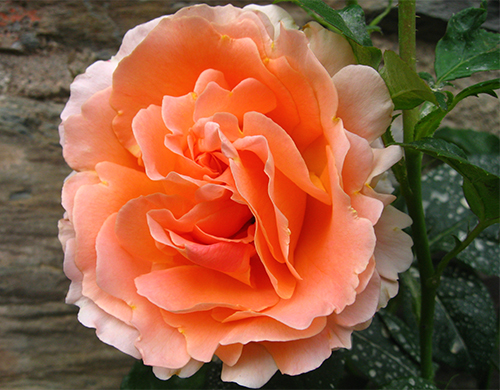
The bush is dense, branched, spreading, reaches a height of 120 - 365 cm, a width of about 200 cm. However, in the conditions of central Russia, this rose behaves like a scrub and rarely exceeds 2 meters in height. Shoots are strong, vigorous, moderately spiny. The foliage is abundant, shiny, dark green in color.
The flowers are lush, large, double, 10 - 12 cm in diameter, contain more than 34 petals with wavy edges. The shape of roses changes during flowering from a conical bud to a goblet. Unopened bud of light yellow color. The opened flowers are apricot with soft creamy edges and yellow stamens. They grow one at a time or are collected in small clusters of 3 - 5 buds. The aroma of roses is soft, delicate, with fruity notes.
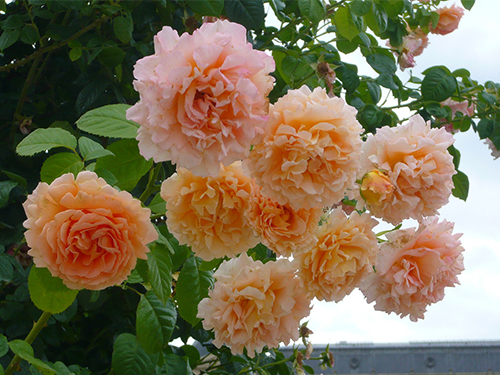
The flowering of the Polka variety is abundant and long-lasting. It begins in June and lasts, with short breaks, until the fall. In cool climates, this rose has two waves of flowering, in warm climates - three. Flowers can vary in color and shape depending on the season, temperature and humidity. In dry, hot climates, the petals quickly crumble. Here, special shading mesh plants will help to keep the flowers. In general, the plant behaves differently in different climatic conditions.
Among the main measures for caring for roses, one can single out: sanitary pruning in the spring, installation of supports and a garter, periodic fertilization, preventive spraying, moderate watering, removal of wilted flowers, and preparation of plants for winter.
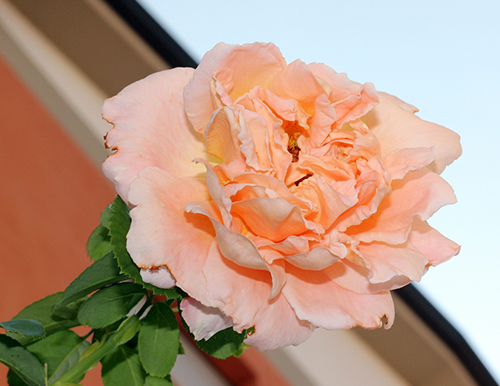
Medium resistance to black spot and powdery mildew. For preventive purposes, it is recommended to plant this plant in open areas where air circulation dries the leaves from moisture, reducing the risk of developing diseases. Also, this variety does not tolerate close planting, lowland and swampy places.
According to the USDA, Polka's frost resistance corresponds to zone 5b (minus 26.1 ° C). Before wintering, foliage is removed from the plants and the topsoil is loosened to provide air access to the roots of the roses. According to the experience of gardeners, this variety can winter without shelter and in the 4th - 5th USDA zones. But, if you do not want to risk it, immediately after the first frost, build a shelter for the roses. Spruce paws, dry oak leaves, juniper branches or lutrasil can be used as covering material. Shoots growing on a trunk or support are removed and bent to the ground. But not on bare ground, but on a bed of glassine and spruce branches, otherwise they will start to rot in the melt water under cover.
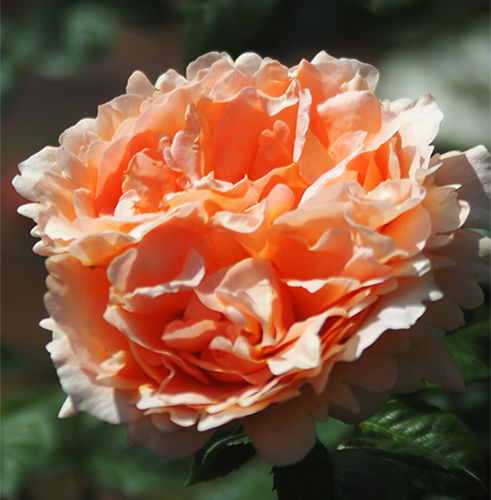
Advantages of the variety: unusual color of flowers, vigorous growth, unpretentiousness, abundant flowering.
The disadvantages include: poor resistance to adverse weather conditions, poor foliage of the lower part of the bush. Many gardeners, in order to hide the second of the listed shortcomings, plant stunted plants to this rose.
Using pruning, this variety can be grown as a large shrub or as a climbing rose with shoots over three meters long. In the second case, the plant must be tied to supports.
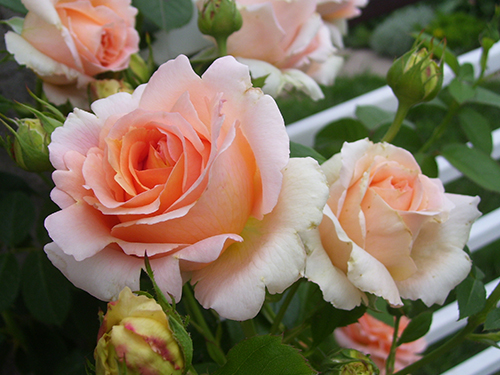
Polka is a delightful and sophisticated rose, which, according to the reviews of many gardeners, has an amazing beauty at the peak of its flowering. It will perfectly decorate landscape compositions, open verandas, gazebos, flower arches, fences and walls. This variety can be planted with excellent companions: ‘Frederic Mistral’, ‘Cesar’, ‘Pierre de Ronsard’. Thanks to the climbing shoots, you will be able to create a flower arch on the frame, alternating this variety with stunning shades of other climbing roses such as ‘Alaska', ‘Rosarium Uetersen', ‘Red lighthouse', ‘Leonardo da Vinci', ‘Aloha', ‘Blue moon cl. '.And also to compose an unusual cascading composition around the open terrace, adding your favorite shades of standard and miniature roses to the Polka. Do not forget to plant lavender, clematis, bells, delphiniums and sage next to this climber - this will add a purple-blue hue to your rose garden. Such charming compositions will fill your garden with fragrance, harmony and cheer you up with their flowering.
Remember that for growing roses in the garden, it is necessary to take into account a number of the following factors: features of the geographical location of the site, the illumination of the planting area, the type and composition of the soil, the microclimate of the site, air humidity and groundwater level.
Synonymous names: 'Polka 91', 'Lord Byron', 'Twilight Glow', 'Scented Dawn', 'Polka 91'.
On the basis of this rose, an improved Cyrano de Bergerac variety was bred, which differs from it in its delicate lemon color.
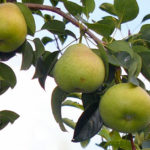
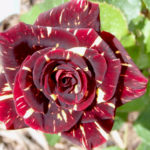
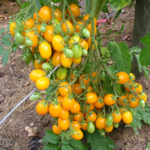
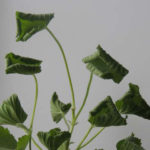
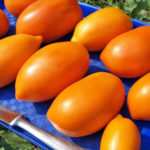
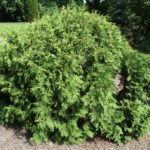



One of my first roses. She is special and, of course, a favorite. The flowers are not just large, but huge. And may change depending on the season and weather. The color is peach, and apricot, and with creamy yellowness, or more goes into pink. The shape of the flowers also changes. They can be densely double with cloves, or they can bloom in huge pink buds that look like water lilies. Just a beauty, blooms continuously. The bush is neat, with drooping shoots, like a fountain. She needs a support where branches can be attached, blooms with a bouquet and, under the weight of flowers, tends to the ground. It grows rapidly, over the summer there are a lot of upright young shoots. Very prickly, the branches are just strewn with thorns. I bend it down and cover it with agrofibre for the winter. Frozen without shelter.
Well, what can I say about this rose ... It has a gorgeous color - very unusual, the inner and outer sides of the petals have different intensity of color, this gives the impression of the volume of the flower. The color changes depending on the age of the flower - in the bud and at the stage of dissolution, it is more saturated, and then fade. Moreover, it burns out instantly - within a day! And the flower lasts a day - a maximum of two (this is if the weather is cool). This is a huge disadvantage for me. The rose hibernates not very well - it often freezes or vomits, it often suffers from diseases and willingly, the bush grows ugly - tall with "bare legs" that have to be masked.
Rosa Polka has been growing for me for three years. I live in Belarus, the fourth zone of frost resistance. I cover the rose well for the winter: I sprinkle the roots with compost, bend the branches, cover with spruce branches and spunbond. Not frozen, well grown.
The rose is very prickly, so I cut it to a height of about one and a half meters. I feed them, treat them prophylactically against fungal diseases. Rose had no health problems.
I cannot say that she is my favorite. When I bought, I bribed the color, size, shape of the flower. The flower is indeed very good, but short-lived and, in my opinion, difficult for the thin shoots of this variety.